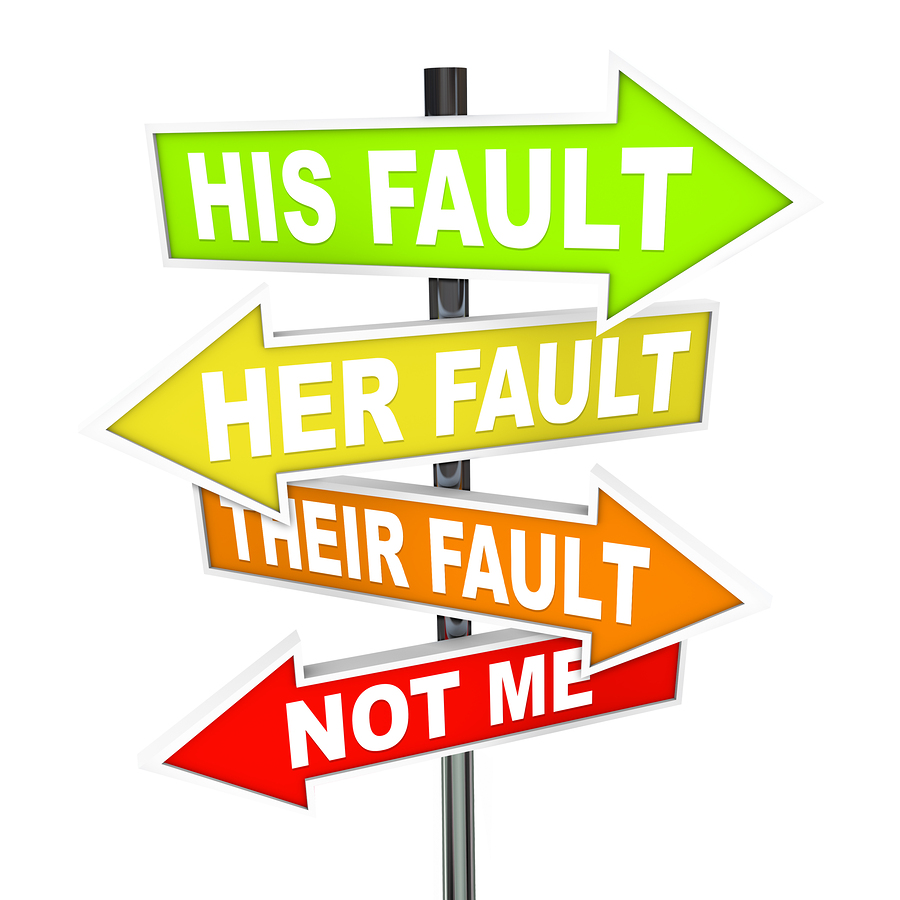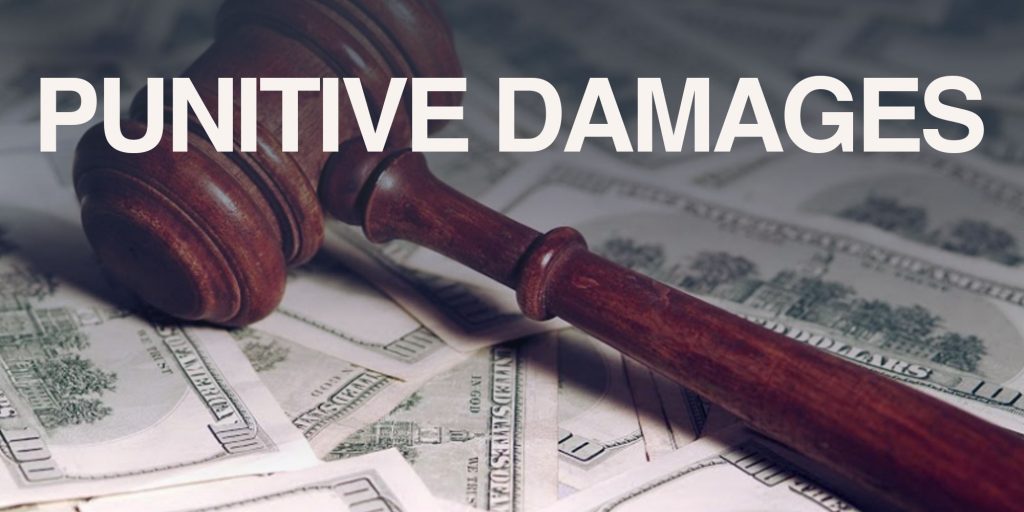Most personal injury lawsuits are based upon a tort law theory known as negligence. In essence, the theory of negligence states that if an individual or company fails to fulfill their duty to act in a reasonable manner towards others but still owes them a duty, an injured party can file a suit against them. You can do this to recover damages in civil courts.
The American common law has a rich history of negligence theory. Over the years, a number of defenses and exceptions were developed to address situations that were deemed more complex (i.e. simple negligence). Contributory and comparative negligence are two of the most powerful defenses. These defenses allow a judge or jury to look at the percentage of fault that a plaintiff has in causing an accident rather than just a defendant.
Contributory and comparative negligence doctrines also help define and reduce, or deny, the amount of monetary damages that a claimant can recover. Each state has its unique set of rules for negligence. However, there are some general guidelines which underlie the legal theory of negligence.
To learn more about your local rules and requirements regarding negligence, speak with a personal injury lawyer for legal advice. This article will provide a general overview of contributory and comparative negligence defenses. You should consult an attorney in the event that you have a dispute involving negligence. This will allow you to receive advice tailored to your situation.
What Is Negligence?
In the United States civil tort law, causes of action are generally divided into two categories: intentional (e.g. assault, battery, etc.). Unintentional. In addition, there is a strict liability torts category that covers more specific causes of actions. In the category of unintentional crimes, negligence is the most common cause of action. It is cited in many personal injury lawsuits as a result.
Slip and fall cases, dog bites, medical malpractice and motor vehicle accidents are all examples of situations where negligence can be used to support a claim. This list shows that negligence is applicable to many different situations.
A plaintiff must first prove that the defendant had a duty to care for them. The plaintiff must then prove that the defendant breached the duty. The third element is to prove that the defendant caused the plaintiff’s injury both directly and indirectly.
The plaintiff must prove that they have suffered damages due to the defendant’s negligence.
What Is Contributory Negligence?
Contributory negligence is an older theory of negligence. It is so ancient that it has its origins in English common law. According to the doctrine of contributory neglect, if the plaintiff is found to have been negligent in any way in relation to the incident at hand, they cannot recover any damages from the defendant. It is also known as a total bar to damages.
If a jury or judge finds that a plaintiff is even one percent responsible for an accident, they will not be able to recover damages. Over the years, states have replaced contributory neglect by other standards.
By September 2021, only five states still apply a contributory negligence doctrine: Alabama, Maryland North Carolina Washington D.C. and Virginia.
What Is Comparative Negligence?
States that don’t follow the rules for contributory negligence, however, use one of these modern approaches as part of a theory called comparative negligence. These three approaches, which are similar to contributory negligence in that they also reduce the amount of money owed to a plaintiff if he or she wins a negligence lawsuit, can help define and reduce monetary damages. The legal theory of negligence is used to support a personal injury case.
Pure Comparative Negligence: This theory does not prevent a plaintiff from claiming damages even if the judge or jury determines that they were ninety-nine per cent at fault for an accident. They will receive a reduced amount of monetary damages based on the percentage they are responsible for. If a plaintiff sued someone for $100,000 but was found to be 70% at fault, the amount of damages they can receive will be reduced by that percentage.
The 99% rule is also known as pure comparative negligence. This is because a plaintiff may be able to recover damages if they are only ninety-nine per cent or less responsible for an accident.
Modified Comparative Negligence (The 50 Percent Rule): This modified comparative negligence, or 50% rule, prevents a plaintiff from claiming damages if he is found fifty per cent at fault for an incident. If the plaintiff is found to be 49 percent or less at fault, they may be eligible for damages as long as they can prove it.
The amount of compensation that a plaintiff is entitled to recover is reduced in the same way as pure comparative negligence. This will depend on the percentage they are found responsible for the incident. By September 2021, thirteen states will use the modified comparative approach. These include:
Arkansas, Colorado, Georgia, Idaho, Kansas, Maine, Nebraska, North Dakota, Oklahoma, South Carolina, Tennessee, Utah, and West Virginia.
Modified Comparative Negligence (The 51%): Similar to the 50 percent rule, the guidelines are the same, except that a plaintiff is barred from receiving damages if they’re found to be 51 percent or more responsible for the incident at issue, instead of fifty percent. A judge or jury will determine that the injured party is not at fault in an accident if they find them to be less than fifty percent.
The 51% rule was developed because, while the difference may appear small, it is based on the idea that if a plaintiff and defendant share equal responsibility for the plaintiff’s injury, the plaintiff can still seek compensation, even though the amount will be reduced. Twenty states will use the fifty one percent rule by September 2021. These include:
Connecticut (Delaware), Delaware, Hawaii, Illinois (Indiana), Iowa, Massachusetts (Michigan), Minnesota, Montana, Nevada New Hampshire, New Jersey Ohio Pennsylvania Texas Vermont Wisconsin and Wyoming.
South Dakota is the only state to not follow any of these theories. South Dakota is unique in that it has its own set rules for negligence. South Dakota’s negligence rule is called the Slight Gross Negligence Standard. The plaintiff is only entitled to damages if he or she was slightly negligent.
The South Dakota tort laws do not clearly define “slight negligence” or give a percentage. However, the Supreme Court of the state has determined that the number usually falls between 30 and 40 percent. This standard may not apply in all situations and is therefore applied on a per-case basis.
It is important to note that some states combine the approaches listed above. These modern approaches can also be used to predict a case’s outcome. If a plaintiff intends to file a lawsuit against a negligent person, they should consult a personal injury lawyer who practices in their locality.
A personal injury lawyer can not only provide legal representation, but also help determine the best strategy to use in a case.
Do I need a lawyer for my negligence claim?
A legal dispute can quickly become complex. These situations can be made more stressful when you have to deal with medical bills, injuries that are serious, or the possibility of losing your employment. You should retain the services of an experienced local tort lawyer if you plan to file a lawsuit against a party who may have caused you injury through their negligence.
A personal injury lawyer can analyze the facts in your case to determine if you have a strong enough claim to sue a negligent party. Your lawyer can help you develop a legal strategy that could lead to a recovery of damages for your injuries. They can be your advocate at every stage.
If your case is successful and you are awarded compensation, your lawyer can ensure that you get the fair compensation you deserve.









